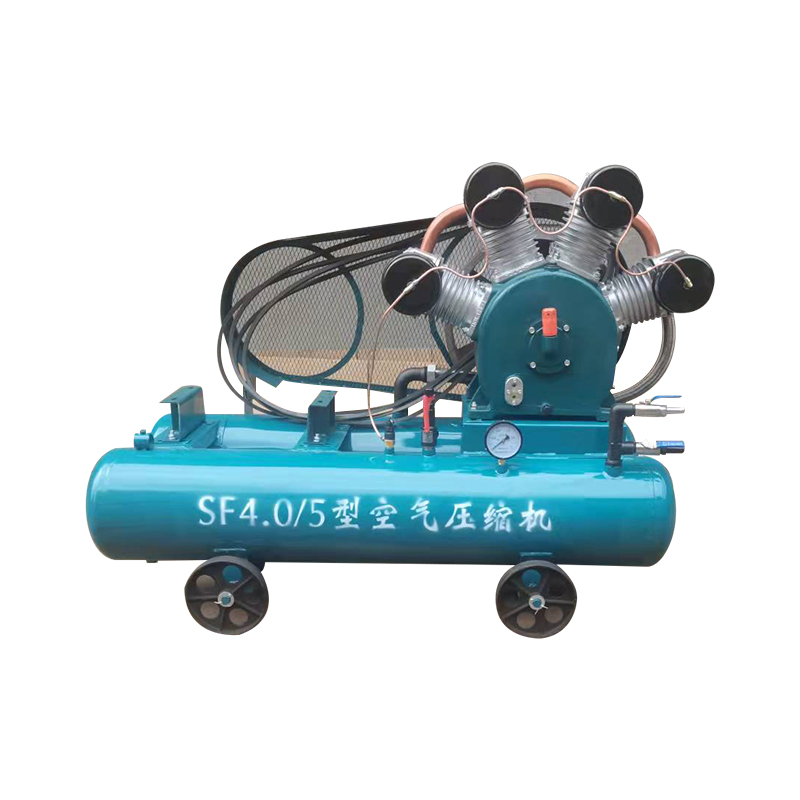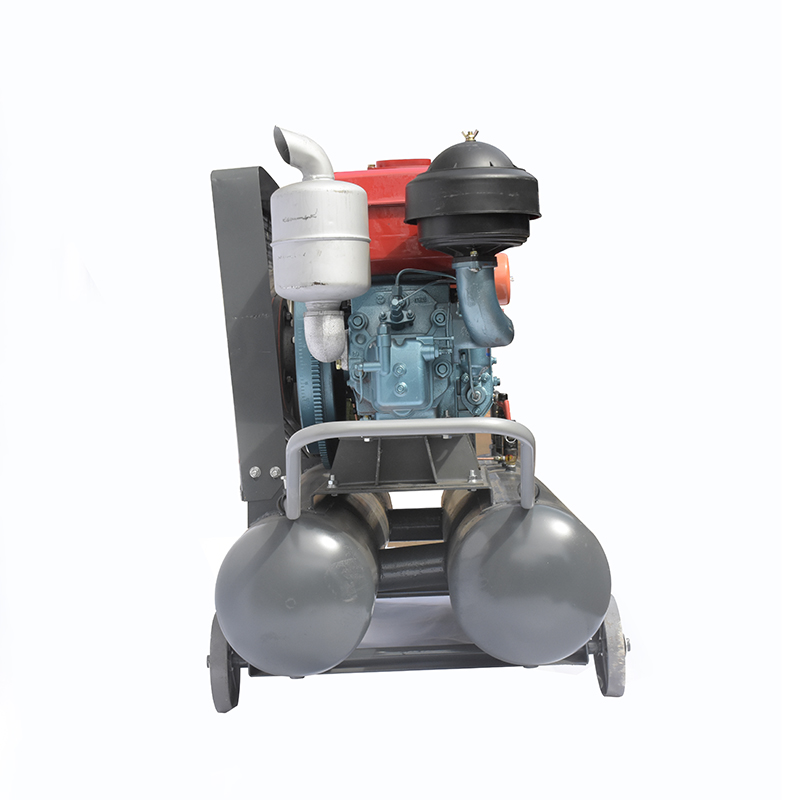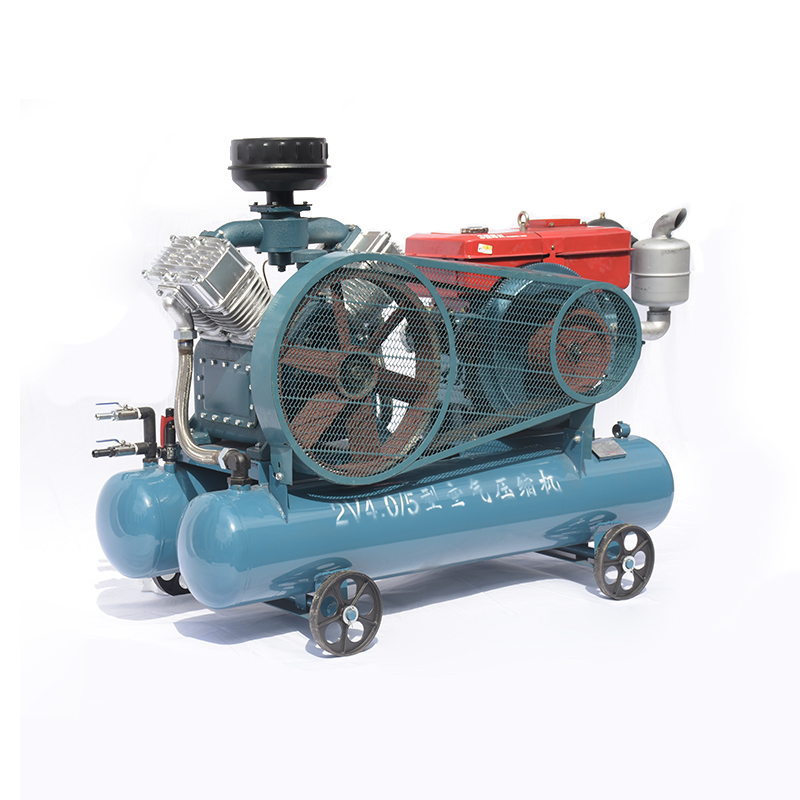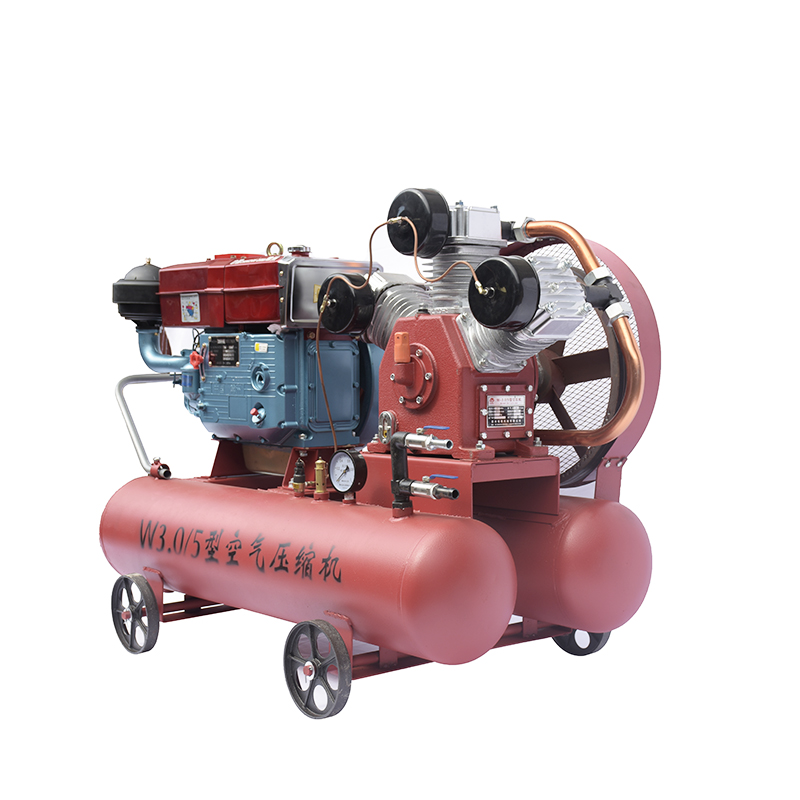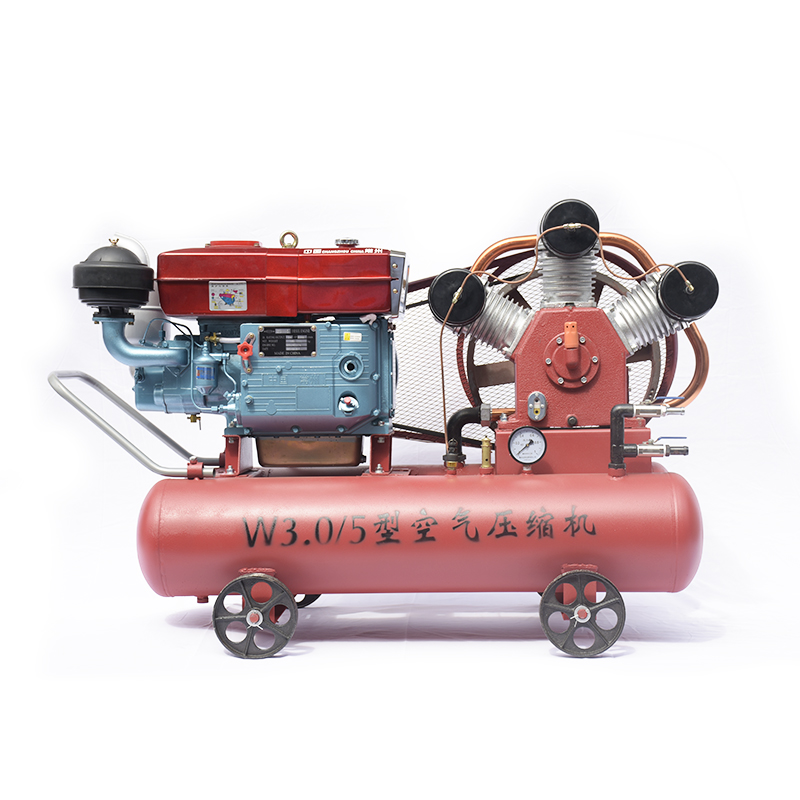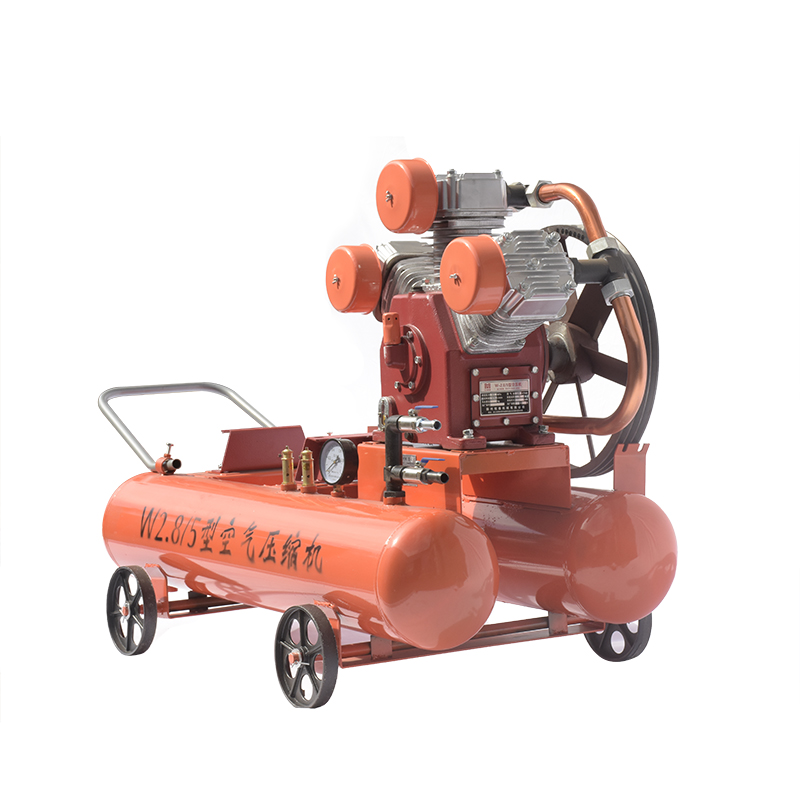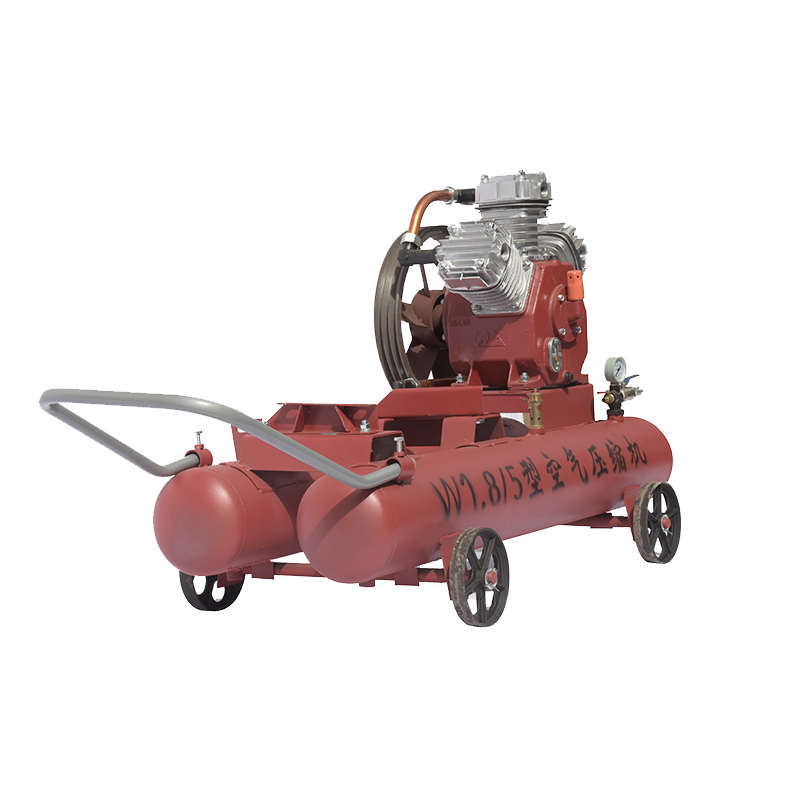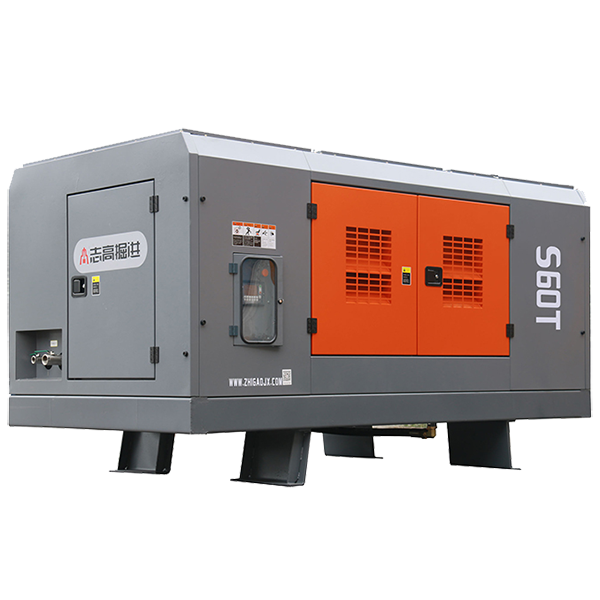Your Guide to Air Compressor Pressure Regulators
From running assembly lines to operating power tools, air compressors have become an integral part of many companies and industries. Yet failing to use these machines correctly can pose a great risk. This is why air pressure regulators are such an essential accessory for anyone working with air compressors. By regulating and controlling the pressure of the air emitted from the compressor, these regulators are able to guarantee a safe and secure working environment. Indeed, for any business owner that employs air compressors, owning a pressure regulator should be top priority.
Uncovering the Mysteries of Air Pressure Regulation
An air pressure regulator is an apparatus that ensures the air pressure flowing in from an air compressor is kept at a steady, safe level. It can be manually adjusted and set to whatever pressure is required for the current undertaking. Once the pressure is fixed, the regulator remains consistently at that setting until revised.
To keep air pressure at the required level, a regulator has been equipped with valves, diaphragms, and springs. This regulator can sense when the air has been compressed and the pressure increases and intervenes to regulate it before reaching undesirable levels. The regulator then opens a valve to release any extra air, thus preventing an excessive buildup of pressure.
Unveiling the Need for Air Pressure Regulators
Air pressure regulators within an air compressor system are an absolute necessity. Without them, there is no way to minimize the risks of putting too much pressure on the tools and people utilizing it. If the force is too high, it can lead to severe damages. Alternatively, if the intensity is insufficient, the duties that require completion may not be finished with the desired result.
Air pressure regulators serve the important role of keeping pressure levels safe and consistent, thus reducing any risks of injury or damage. Moreover, their consistent pressure output helps the user to complete the job correctly every single time, making the whole process easier and more efficient.
Exploring Different Varieties of Air Pressure Regulators
Air compressors rely on air pressure regulators for consistent optimization. A diaphragm regulator is a popular option, utilizing a flexible disc composed of rubber to manage air pressure levels. When the desired force is achieved, the diaphragm will open; when the strength drops back down, it automatically closes. Dependable and straightforward to operate, this type of regulator is among the most commonly implemented.
When a precise air pressure setting is required, the piston regulator is the tool of choice. Controlled by an up and down moving piston, this regulating system opens and closes a valve as the desired level is reached. While it may cost more than the diaphragm type, it provides a more accurate and controlled adjustment.
As the most common and likely the most cost-effective choice, the spring-loaded air pressure regulator stands out. With a spring that forces the pressure to rise when it exceeds a certain mark and drops when dropping below it, this type of regulator offers reliable stability in terms of maintaining the desired atmospheric pressure.
Unlocking the Perfect Air Pressure Regulator
Before buying an air pressure regulator, it’s vital to assess a couple of elements. To start, look at the size of the compressor and the degree of air it generates. Too small of a compressor and you won’t have success controlling the pressure; too large and the regulator may not be able to uphold the desired level.
When deciding which air pressure regulator to choose, it is vital to consider the type of task for which it will be utilized. Some regulators are specifically tailored to different requirements. For instance, a piston regulator may work best when the compressor needs to generate a great deal of pressure, while a diaphragm model may serve better when the desired outcome is a steady, lower pressure.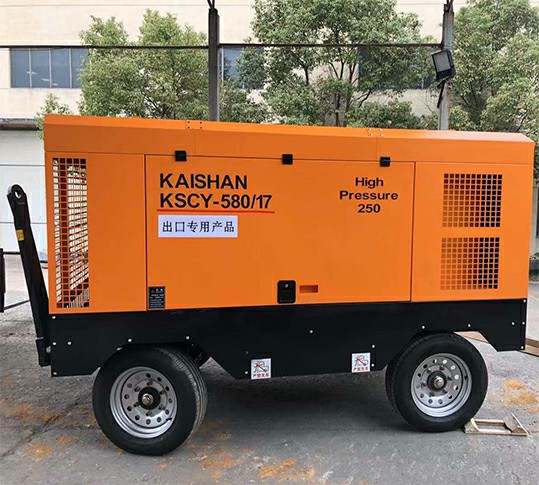
It is essential to take your budget into account while deciding on an air pressure regulator. Prices fluctuate between various types, making it imperative to pick a model that fits your financial plans. Furthermore, do not ignore the associated long-term charges of the regulator. An initially pricier option may be preferable if it promises robustness and fewer future costs in terms of upkeep.
When it comes to air compressor systems, air pressure regulators are a must-have. Responsible for maintaining a consistent and secure pressure level, they help to protect against the potential of destruction or harm. Before you purchase an air pressure regulator, be sure to take into account your compressor size and the tasks you wish it to fulfil.
As an essential part of an air compressor system, the air pressure regulator works diligently to control the air pressure that enters the compressor, guaranteeing a steady pressure level. Keeping the air pressure consistent and safe to use is indispensable, as any divergence from safety standards or variance in pressure levels can have a significant and damaging impact on the compressor.
Keeping the compressor’s internal pressure at an exact pre-set level is the job of the pressure regulator. It utilizes a spring-loaded diaphragm that, in response to changes in the air pressure, contracts and expands. If the existing pressure is higher than the desired state, the diaphragm squeezes the spring, allowing air to exit. In contrast, when the current pressure drops below what is wished for, the diaphragm will relax, allowing it to draw in air. As a rule, the pressure regulator is connected to a pressure gauge and a pressure switch so that anyone can view and fine tune it as needed.
For secure and successful use of an air compressor, the air pressure regulator is key. By decreasing potential risks of pressure exceeding limits, it minimises harm to the machine and its pieces. Furthermore, it ensures a continuous level of air pressure, lessening possibilities of air leakage and sub-par operation.
Making the right choice when it comes to a pressure regulator involves a few important factors. The size and style of the compressor, along with the type of air pressure you’ll be using, should all be taken into account. Fortunately, there is an abundance of air pressure regulator options on the market. Not only are each of them tailored with distinct features and perks, but they also vary in terms of adjustability. Some regulators are designed to be adjustable so that the pressure level can be adjusted within a certain range, while others are fixed with no option for modification.
Taking into account the construction of the pressure regulator is a must. For solid performance, one should seek a regulator that is tough and can stand up to arduous pressures and temperatures. Straightforward assembly and upkeep should also be desired features.
If you’re looking to install a pressure regulator, ensure that the manufacturer’s directions are scrupulously followed. Ignoring this crucial step may result in incorrect installation, posing a huge risk. Don’t forget to inspect the pressure regulator after regularly to detect any indications of wear and tear.
Through selecting the size and type of compressor, as well as the type of air pressure to be used, a pressure regulator can be found and installed accordingly. This important component of an air compressor system helps keep consistent air pressure to guard against over-pressurization and associated damage. To ensure complete functioning, safety, and ease of maintenance, it is critical that the quality of construction of the regulator is top-notch and it is simple to install. These considerations are fundamental for successful implementation, safeguarding against future difficulties, and preventing any potential harm.
Post time: 2023-08-02


